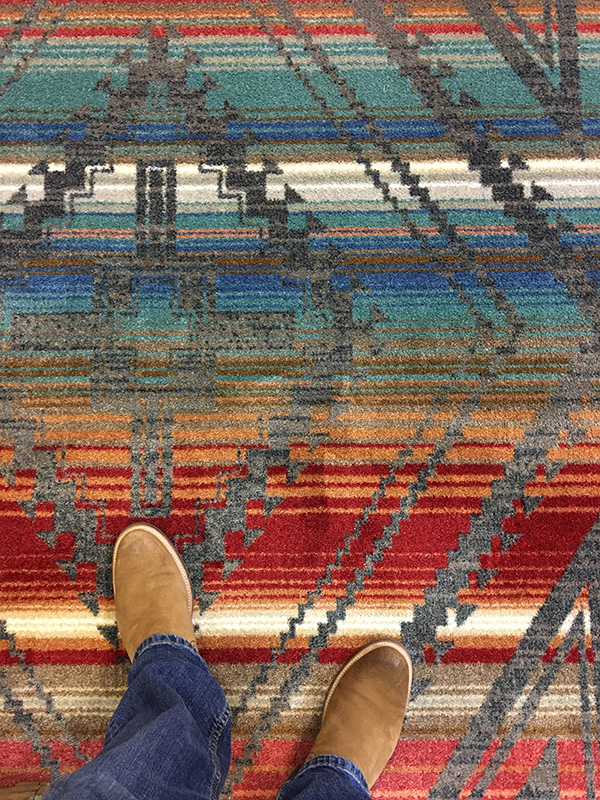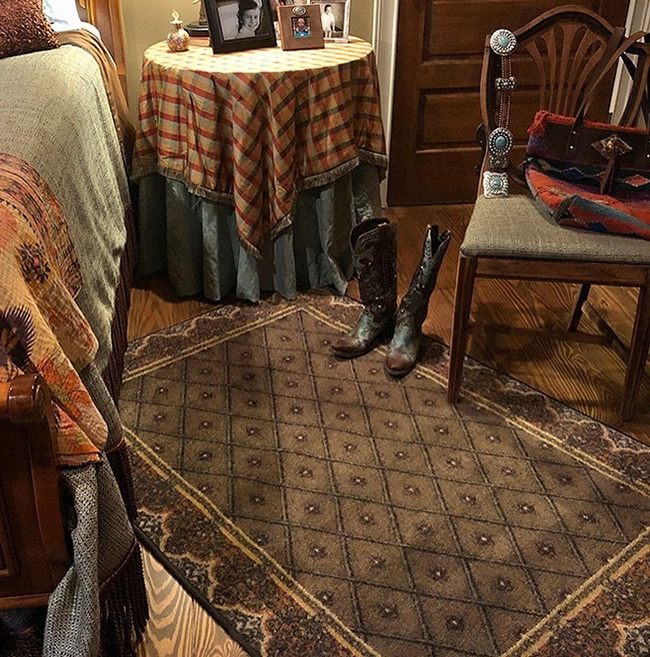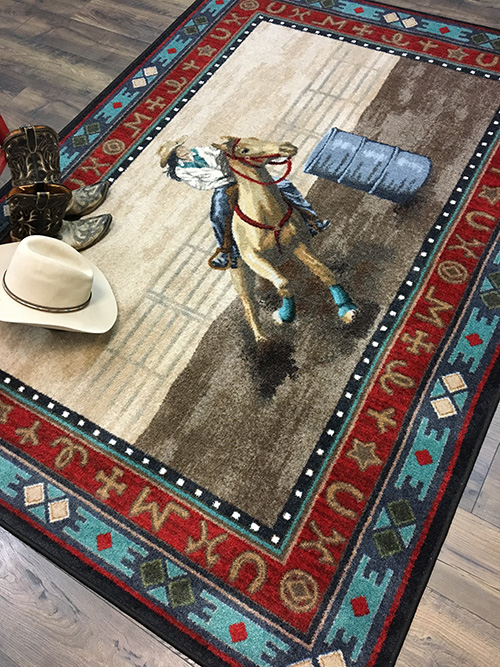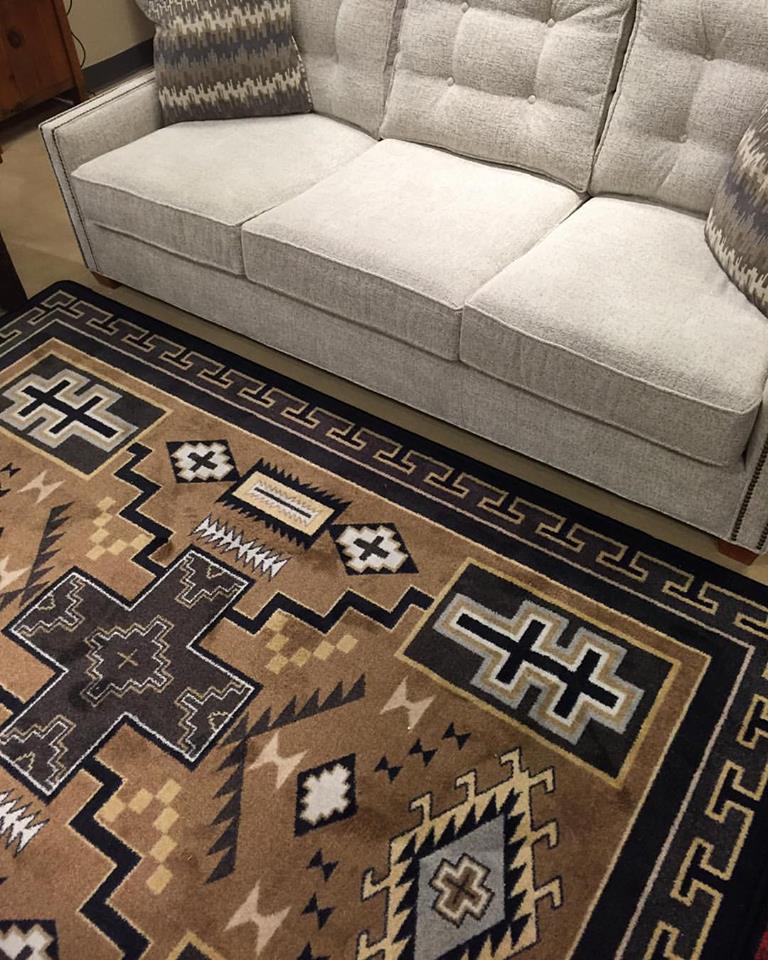
southwestern rugs cheap
Navajo rugs usually have a wool warp. If you’re not an expert in fibers, it may be difficult for you to tell what kind of warp was used, but in general cotton and linen are smoother than wool. Wool is, well, wooly. As you can see from the picture at the right, it has little fibers that stick out from the warp threads. Remember that there is one genuine Navajo rug (the Gallup throw) that is woven with a cotton warp. Also bear in mind that cotton was widely used as warp in the late 1800’s. Look at the other indicators to determine the authenticity of the piece, but use the fiber content of the warp as part of your authentication.


